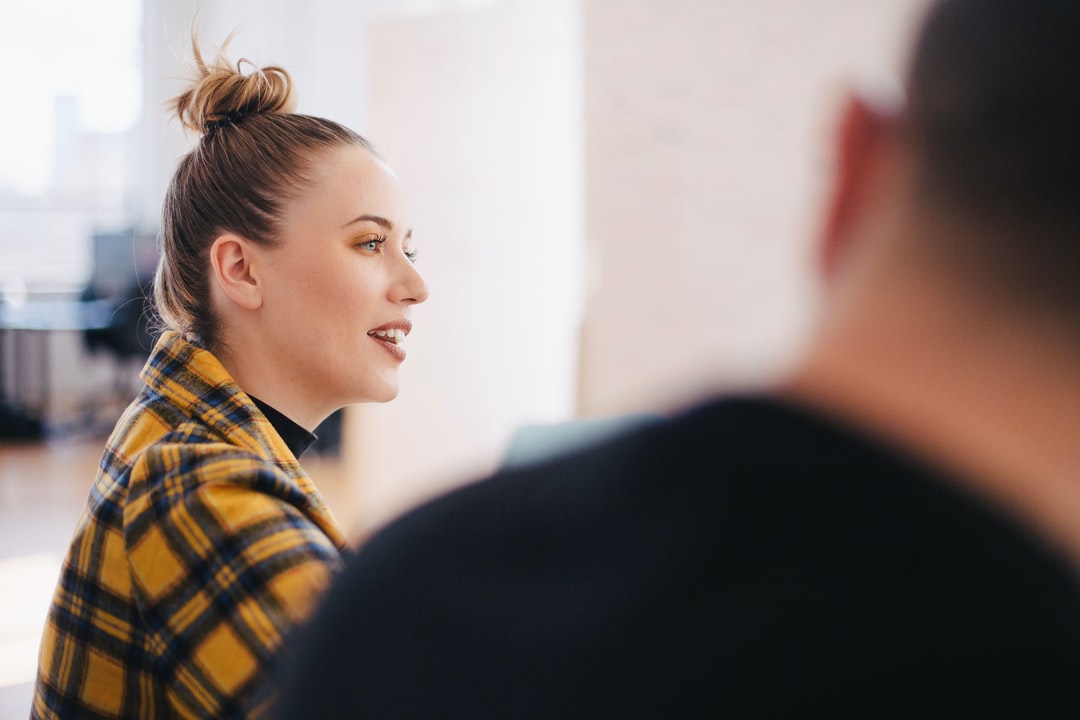Purpose and Background of the Research
Past research has shown that humans are very sensitive to the wealthand poverty of others.
This research tested whether people use the wealth of others as ajudgmental indicator even when judging ability.
And it also studied how strong the tendency is to use wealth as ameasure of ability.
Research Methods
| Type of Research | Randomized controlled trial |
|---|---|
| Number of Experiments Conducted | Nine |
| Experiment outline |
|
Research Findings
- People who wore clothes that looked wealthy were more likely to bejudged to be more competent.
- The participants in the experiment took only 0.1 seconds to determinethe abilities after looking at the photos.
- Even though the researchers told the participants in the experimentthat the person in the photo was wealthy before they saw the photo,the participants judged his or her ability by his or herclothing.
- Even when the same people changed their clothes, the participants inthe experiment judged their abilities by their clothing.
- This study took a variety of steps to overcome the bias of judgingothers' abilities based on their clothing, but none wereeffective.
Consideration
Typically, the following measures are effective in overcoming bias.
- Recognize your bias
- Have time to overcome your bias
- Focus on overcoming your bias
However, in this experiment, none of these things were able to removethe bias by trying them.
In other words, that's how deeply this bias is programmed into thehuman brain.
Indeed, it's better for your survival if you can instantly see howwealthy your opponent is.
If you want to get rid of this bias, it would be better to evaluate aperson's abilities based on the information on paper alone, withoutlooking at their appearance.
In fact, academics have found that they can hire better scholars ifthey judge candidate's ability without interviewing them.
In other words, it's more effective to avoid bias, not to overcome it.
Reference
| Reference Paper | Grant et al., 2020 |
|---|---|
| Affiliations | New York University et al. |
| Journal | Nature |



